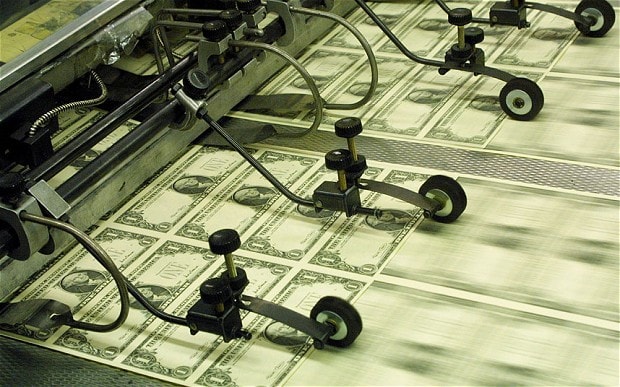
There are currently two important items on the Fed’s wish list. The first is to restore interest rates to more normal levels, and the second is to unwind the Fed’s balance sheet, which has expanded since the great financial crisis, principally through quantitative easing (QE). Is this not just common sense?
Maybe. It is one thing to wish, another to achieve. The Fed has demonstrated only one skill, and that is to ensure the quantity of money continually expands, yet they are now saying they will attempt to achieve the opposite, at least with base money, while increasing interest rates.
Both these aims appear reasonable if they can be accomplished, but the game is given away by the objective. It is the desire to return the Fed’s interest rate policies and balance sheet towards where they were before the last financial crisis because the Fed wants to be prepared for the next one. Essentially, the Fed is admitting that its monetary policies are not guaranteed to work, and despite all the PhDs employed in the federal system, central bank policy remains stuck in a blind alley. Fed does not want to institute a normalized balance sheet just for the sake of it.

Of course, this must be officially denied, which is what Ms. Yellen did recently when she claimed another financial crisis is unlikely in our lifetimes. Being in a state of official denial draws attention away from the difficulty of restoring both interest rates and the Fed’s balance sheet to a time in the past.
So, on interest rates, in the Fed’s collective mind, the reason they must be normalized is only to give them some room to be lowered in the event of a crisis. The Keynesian conviction, which is shared throughout Western central banks, is interest rates must generally be kept low to stimulate the economy. The concept of interest rate normality, by which the Fed presumably means the rate set by free markets, is wholly at odds with the Fed’s economic religion.
And what is that normal rate? According to central bankers, it is between an undefined something and the Taylor rule1. The Taylor rule is likely to be considered only when justification for zero or even negative rates is required. And we have no way of knowing what the market rate would be, because the Fed does not permit free markets to determine interest rates.
Confusion over reducing the balance sheet
The muddle over interest rates is as nothing compared with the contradictions over the Fed’s proposal to reduce its balance sheet. Since the great financial crisis, quantitative easing has allowed the commercial banks to deleverage their balance sheets without having to sell assets, thereby preserving capital and collateral values in the private sector. Essentially, the Fed is proposing to reverse this earlier de-leveraging by offsetting the contraction of narrow money with an increase in bank credit.
















